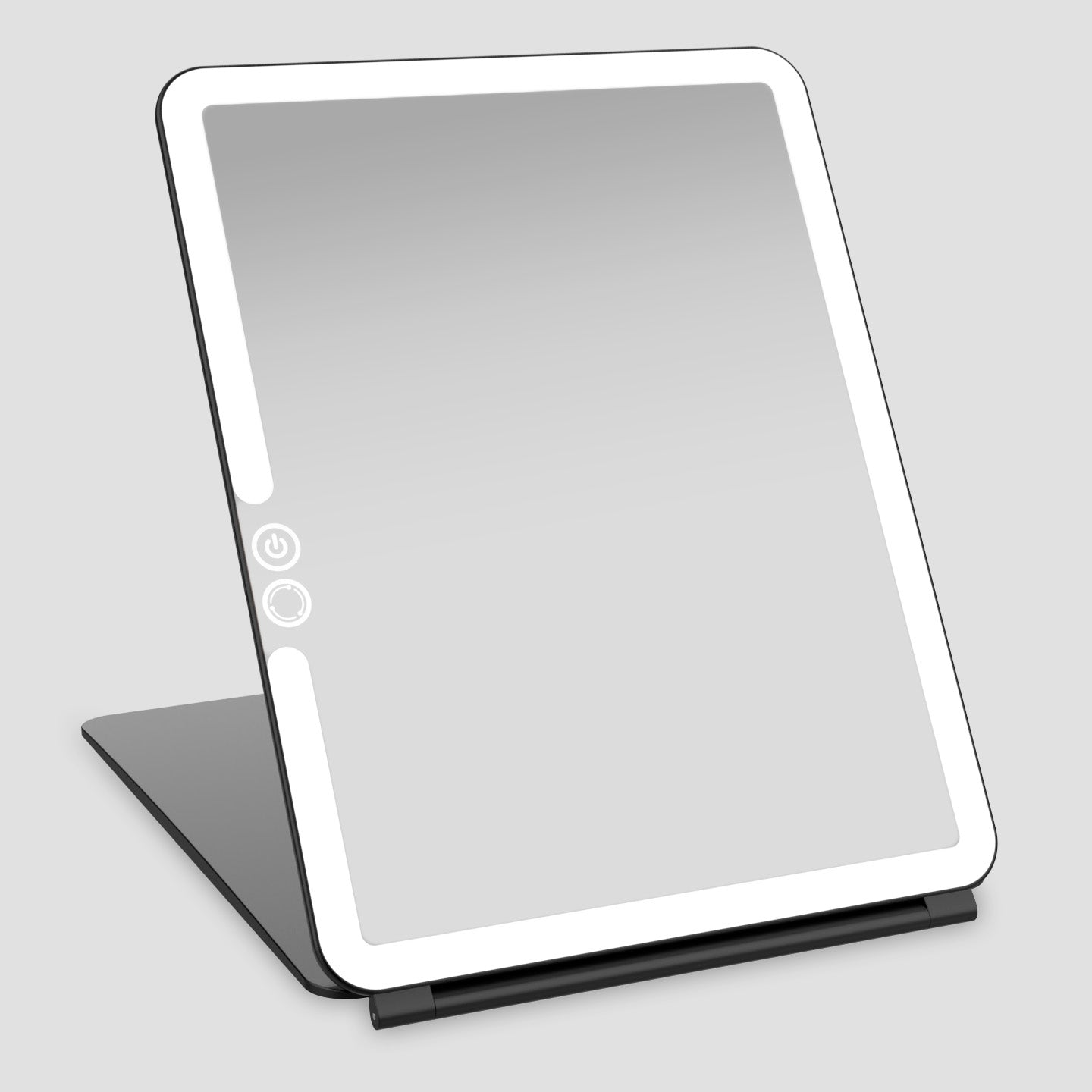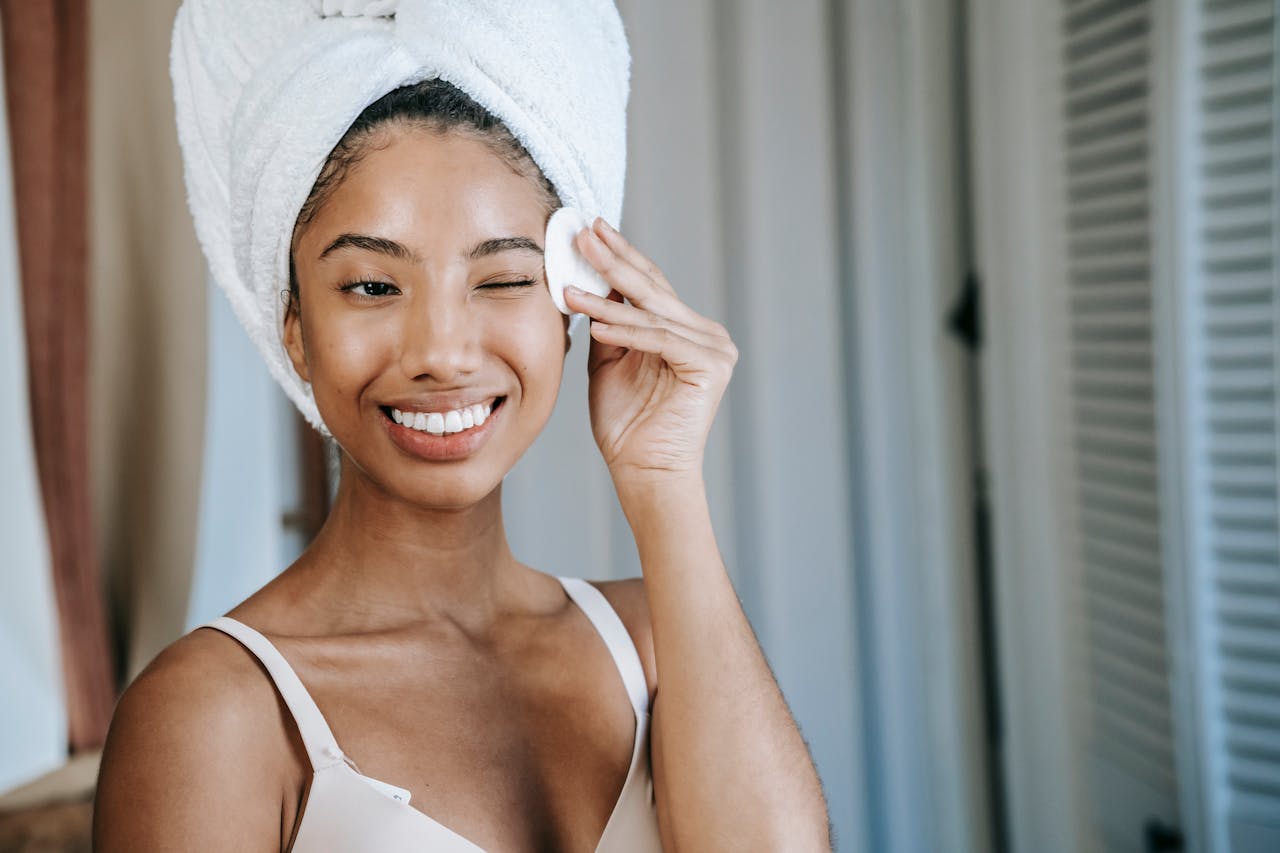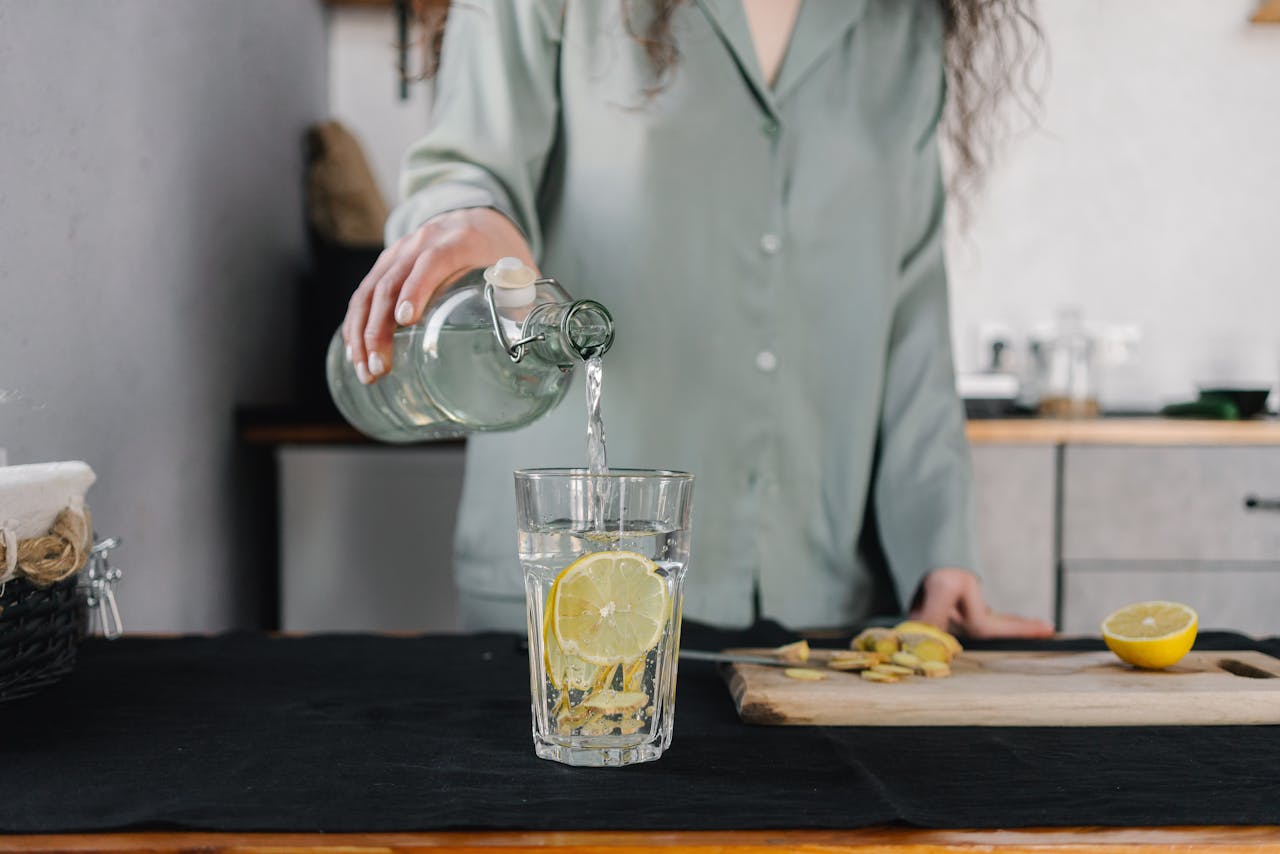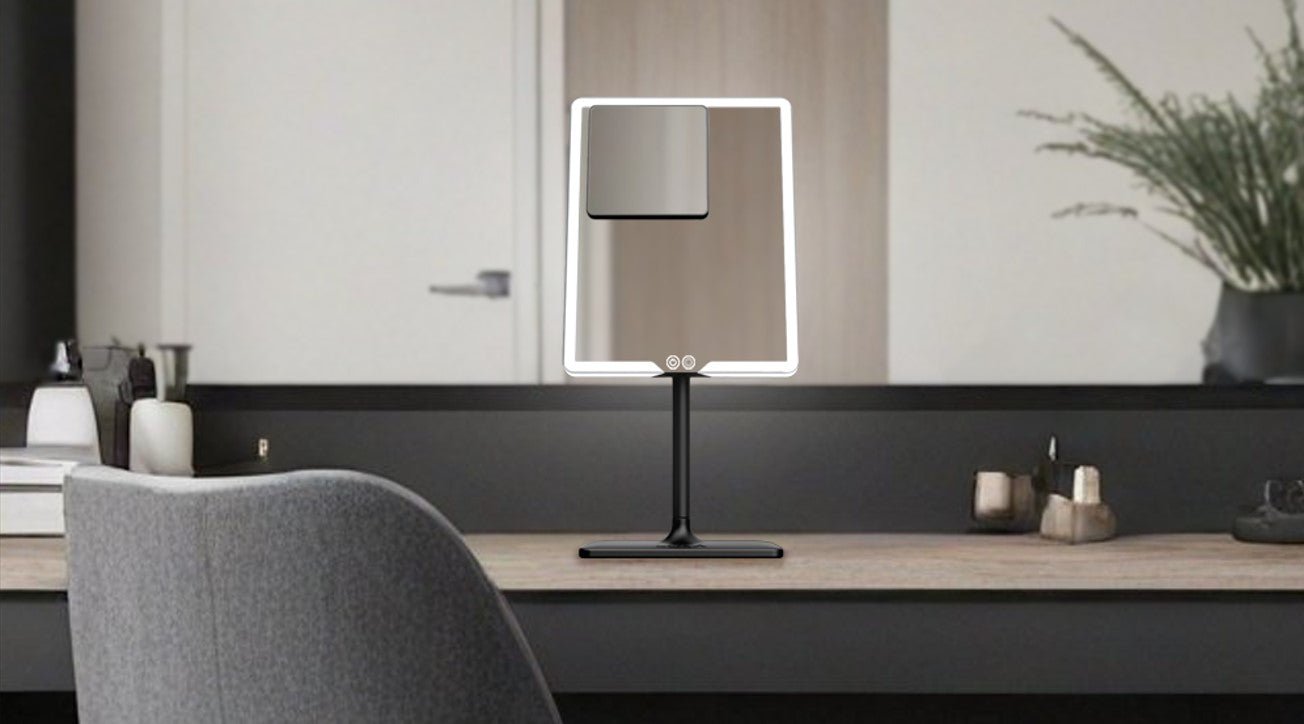A Better Night Routine for Skin: Cleanse, Calm, Then Light (Here’s the Order)
Night is when your skin does its best work. Give it a hand with a calm sequence, products that suit your goals, and one overlooked step, lighting, so you can see what you’re doing and where you’re applying it.
Your no-fuss PM routine that actually works
Step 1: Proper Cleanse (Without Stripping)
Use a balm or cream cleanser if you wear makeup or SPF; gel cleansers suit oilier skin. Massage gently for 45–60 seconds and include hairline, jawline and the folds around the nose. If double-cleansing, pick a low-pH second cleanser. See general face-washing guidelines and adapt to your skin type.
Make removal easy by setting a micro-station: headband, soft face cloth, and a small tray for balm and cotton tips. The aim is fewer steps, less mess, and no guesswork in dim evening light.
Step 2: Hydration Layer
A hydrating toner or essence followed by a humectant serum (glycerin or hyaluronic acid) supports overnight plumpness. Pat, don’t rub, and give layers 30–60 seconds to settle. If you live in a dry or air-conditioned environment, misting between steps improves glide and comfort.
Hydration helps retinoids and exfoliants feel gentler, and it reduces that tight, shiny look you sometimes get after cleansing. Keep this stage quiet and fragrance-light to minimise irritation.
Step 3: Targeted Treatment
Introduce retinoids or acids gradually and buffer with moisturiser if needed. Precision matters: corners of the nose, jawline and hairline are easy to miss in poor light. Start with a pea-sized amount for the whole face, then add only where your goals need it most (texture along the cheeks, congestion around the T-zone). Rotate nights if you’re mixing actives.
PM Actives — Which night gets what?
| Skin goal | Active to prioritise | How often | Notes |
|---|---|---|---|
| Fine lines, texture | Retinoid | 2–4 nights/week to start | Buffer with moisturiser if stingy; avoid immediate acid layer. |
| Clogging, oil control | BHA (salicylic) | 1–3 nights/week | Spot-treat around nose/chin; avoid eye contours. |
| Dullness, tone | AHA (lactic/glycolic) | 1–2 nights/week | Alternate with retinoid nights to reduce irritation. |
| Redness, sensitivity | Niacinamide, centella | Most nights | Pair with fragrance-light hydrators. |
Step 4: Seal and Soothe
Use a moisturiser appropriate for your climate and skin. In humid weather, gels and light creams reduce congestion; in dry seasons, look for ceramides and cholesterol for barrier support. A small amount of occlusive (if tolerated) can help prevent transepidermal water loss. Apply eye cream with ring fingers to avoid tugging.
Don’t forget the neck and chest. If these areas get irritated easily, use your daytime moisturiser there on retinoid nights to keep things comfortable.
Step 5: The Lighting Check
Do a final pass under a soft, accurate task light. You’re looking for missed areas, product pooling at the nostrils or temples, and streaks along the jaw. If your bathroom light is harsh or yellow, consider a dedicated lighted vanity mirror to finish the job. Evenness is more important than brightness at night — you want clarity without glare.
Why PM Lighting Matters (Quick Reference)
| Issue | Bad lighting outcome | Good lighting outcome |
|---|---|---|
| Retinoid placement | Missed patches or overdosed zones | Even, thin layer across targeted areas |
| Moisturiser spread | Cakey residue | Uniform film, better absorption |
| Eye cream | Tugging, milia risk | Feather-light placement only where needed |
“A nighttime routine focuses on repair and recovery, as the skin regenerates while you sleep.”
— Marisa Garshick, M.D., board-certified dermatologist.
Wind-down cues that help skin and sleep
Lower overheads after your lighting check and leave one soft, indirect source on while you tidy your counter for 60–90 seconds. Pair this with a calm scent (lavender, cedar) and a single glass of water by the bed. Keep screens out of the bathroom to protect the wind-down effect.
- Bathroom: even, face-framing task light for application; dim the ceiling light after checks.
- Bedroom: warm bedside lamp angled away from eyes; avoid cool, bright tones before sleep.
- Desk/corners: switch off bright task lights at least 30 minutes before lights out.
For broader habit context, see Sleep Foundation on sleep hygiene, and our practical take on day versus night lighting.
Quick PM troubleshooter
- Stinging with retinoids: reduce frequency, apply over moisturiser, and avoid applying to damp skin.
- Greasy feel by morning: lighten the moisturiser texture or reduce quantity; ensure even spread with task lighting.
- Flaking patches: pause acids on retinoid nights, add a ceramide cream, and check application edges under even light.
- Milky film around eyes: use grain-sized amount of eye cream and keep it to the orbital bone only.
Prefer a slim, portable option that lives on the vanity and travels well? ECLIPSE delivers soft, high-CRI light in a neat footprint so your routine stays consistent at home and away. If you want continuity for hotel bathrooms and gym lockers, COMPACT 2.0 keeps application checks reliable beyond home.

Keep Your PM Routine Consistent
Soft, accurate light makes retinoids, moisturiser and eye care easier to place, no missed patches, no harsh glare. ECLIPSE gives you a calm final check before lights out.
Discover ECLIPSE →FAQs
Should I apply retinoids before or after moisturiser?
Follow your product’s guidance. If sensitive, sandwich between moisturiser layers to buffer. Retinoids and strong acids often work better on alternate nights.
What colour temperature is best at night?
Use softer, warmer light for comfort, but keep it even and accurate for application checks. Save bright daylight settings for morning.
Do I need a separate mirror just for night?
No, but a compact, accurate light source like ECLIPSE helps when bathroom lighting is harsh or dim. Travellers: COMPACT 2.0 keeps results consistent away from home.
Related Links




Leave a comment
This site is protected by hCaptcha and the hCaptcha Privacy Policy and Terms of Service apply.